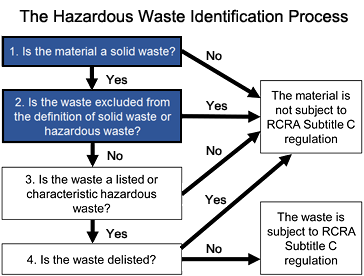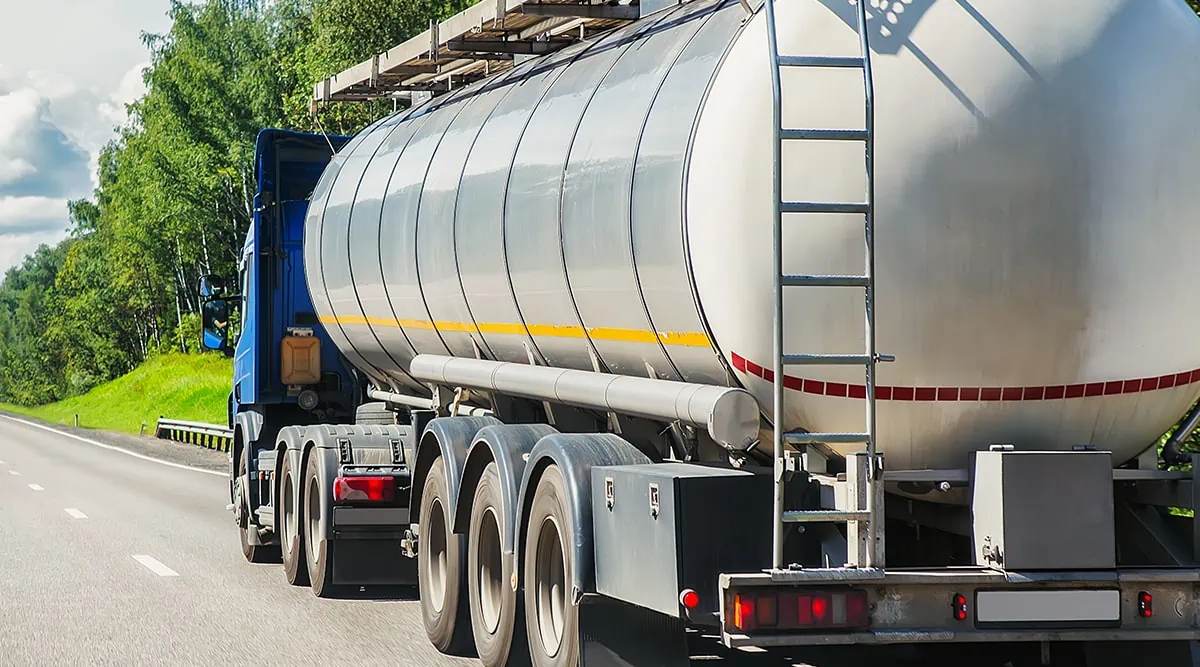Reclaim Waste Things To Know Before You Buy
Reclaim Waste Things To Know Before You Buy
Blog Article
More About Reclaim Waste
Table of ContentsRumored Buzz on Reclaim WasteThe Reclaim Waste DiariesWhat Does Reclaim Waste Do?Reclaim Waste for DummiesRumored Buzz on Reclaim Waste
Discover the types, occurrences, and kinds of liquid waste. Residential sewage waste describes the waste and products from a domestic septic system. This kind of waste is created by human beings in homes, schools, and various other buildings. This only includes septic containers that have a drain field. The correct administration and disposal of domestic sewage waste call for liquid waste to be moved to a sewage treatment plant where the correct techniques and tools are put on detoxify and take care of waste.
Industrial waste often includes possible threats, such as flammable products or a combination of fluid and solid waste products, and needs an extra advanced and in-depth disposal procedure. The disposal of business waste generally includes the filtering of waste prior to transport to ensure safe and appropriate disposal. Hazardous waste is developed from results and runoff of industrial processes and production.
This type of waste can not make use of the very same sewer monitoring transport or procedures as septic or commercial fluids. The hazardous waste monitoring procedure calls for the examination and screening of fluid waste prior to it undertakes the disposal procedure (liquid waste disposal melbourne). Runoff waste is the liquid waste that comes from overflow and excess stormwater in extremely inhabited areas or cities
Drainage waste can trigger contamination and flooding if not dealt with appropriately. Discover much more about sewer cleaning and waste monitoring. Making certain correct waste monitoring can stop catastrophes and decrease environmental injury. Both people in domestic settings and specialists in business or production industries can gain from comprehending the processes and regulations of fluid waste administration.
A Biased View of Reclaim Waste
Get in touch with PROS Services today to discover about our waste administration and disposal services and the appropriate means to take care of the fluid waste you produce.
(https://ameblo.jp/reclaimwaste1/entry-12874802223.html)Do you recognize what occurs to your water when you end, purge the toilet or drain the cleaning device? No? Well, it deserves understanding. This supposed 'wastewater' is not only a vital source but, after therapy, will be launched to our land, waterways or the sea. Used water from commodes, showers, baths, cooking area sinks, laundries and commercial processes is referred to as wastewater.

water utilized to cool down machinery or clean plant and tools). Stormwater, a form of wastewater, is overflow that flows from farming and city areas such as roof coverings, parks, gardens, roadways, courses and gutters into stormwater drains pipes, after rainfall. Stormwater flows unattended directly to local creeks or rivers, ultimately getting to the ocean.
Unknown Facts About Reclaim Waste
In Queensland, most wastewater is treated at sewage treatment plants. Wastewater is carried from residential or commercial sites with a system of drains and pump stations, recognized as sewerage reticulation, to a sewage therapy plant. City governments construct, keep and run most sewage treatment plants. Operators are certified under the Environmental Security Act 1994 to discharge treated wastewater at an acceptable environmental standard right into rivers.
The Division of Natural Resources recommends city governments concerning handling, operating and preserving sewerage systems and therapy plants. In unsewered locations, regional governments might call for homeowners to install individual or household sewer treatment systems to treat domestic wastewater from commodes, kitchen areas, washrooms and washings. The Department of Natural Resources authorizes making use of household systems when they are confirmed to be effective.
In some brand-new neighborhoods, therapy of some stormwater to remove clutter, sand and gravel has actually begun utilizing gross pollutant traps. Wastewater therapy happens in 4 stages: Eliminates strong matter.
Wastewater after that flows right into huge tanks where solids clear up and are removed as sludge. Grease and residue are skimmed from the surface. Utilizes little living microorganisms referred to as micro-organisms to damage down and eliminate continuing to be dissolved wastes and great particles. Micro-organisms and wastes are incorporated in the sludge. Removes nitrogen and phosphorus nutrients that can cause algal flowers in our rivers and threaten water life.
The Ultimate Guide To Reclaim Waste
Nutrient elimination is not readily available at all sewage treatment plants due to the fact that it calls for pricey specialised devices. It is becoming much more common in Queensland. Clear liquid effluent produced after therapy might still have disease-causing micro-organisms. If this effluent is launched into waterways such as rivers or the sea, the micro-organisms will eventually pass away out.

Most wastewater streams into the sewerage system. Under the Act, local federal governments administer authorizations and licences for eco relevant tasks (ERAs) including wastewater launches that might have a neighborhood impact.
The 8-Second Trick For Reclaim Waste
Monitoring provides factual information about water top quality and can verify that permit problems are being fulfilled. The information acquired via monitoring provides the basis for making water top quality decisions.
Report this page